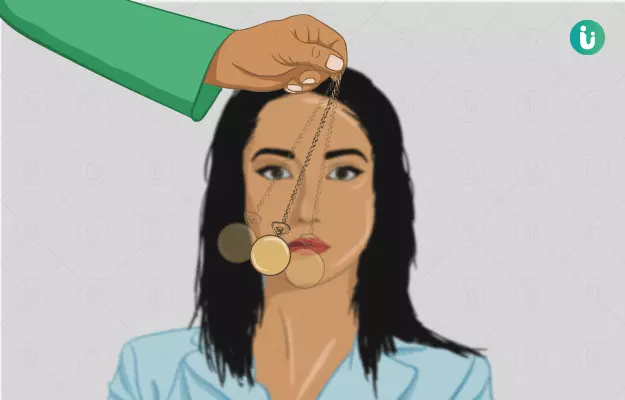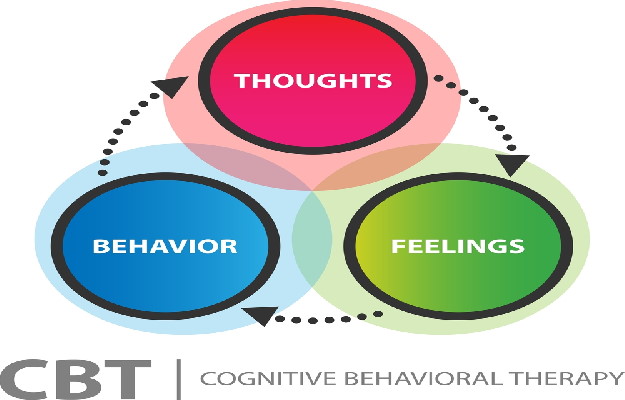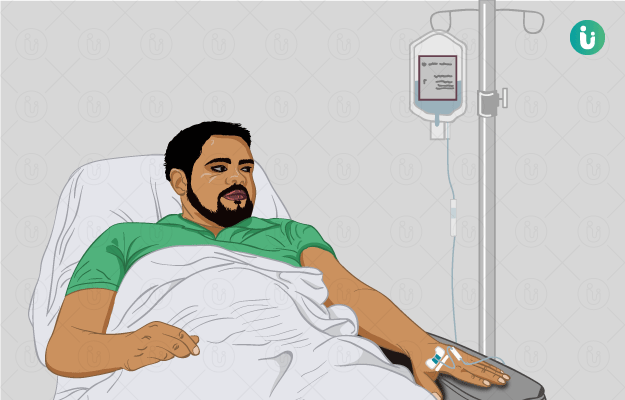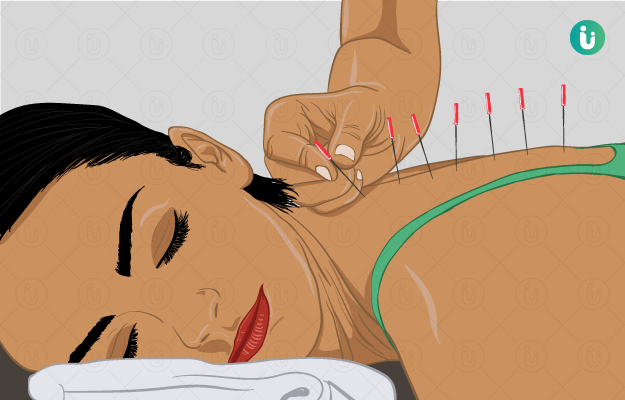Hypnotherapy, hypnotic suggestion or simply hypnosis is a form of alternative medicine that places the patient in a trance-like state of heightened focus, attention and suggestibility to provide them with positive suggestions and guided imagery in order to realise and actuate various desired outcomes. The main aim of hypnotherapy is to help the patient attain self-awareness and make decisions from a place of mindfulness. A key component of hypnotic suggestion is to help calm the patient and ease them into a state of relaxation, free from worry, stress or anxiety, where they feel liberated to speak their mind and share their true feelings. In such a state, the individual is more receptive to positive suggestions made by the therapist and this allows for alteration of problematic behaviours or thoughts and correction of harmful habits. Hypnotherapy works best in conjunction with cognitive behavioural therapy, a type of psychotherapy (talk therapy or counselling) where problematic or negative thoughts, notions, and behaviours are identified and replaced with positive ones. While hypnotic suggestion is a useful and effective non-invasive and non-drug-based therapy, it may not work on all patients and is always used as a complementary therapy modality.
99% Savings - Buy Just @1 Rs
X

- हिं - हिंदी
- En - English
- Treatment
-
- Skin Issues
- Acne
- Fungal Infection
-
- Hair Problems
- Hair Growth
- Hair Dandruff
- Self-Analysis
-
- Chronic Diseases
- Diabetes
- Heart Care
- Weight Loss
- Sleep Support
- Liver Care
- Stress & Anxiety
- Our Brands
- Doctor Consultation
- Medicine A-Z
-
Health A-Z
-
- Treatments
- Home Remedies
- Herbs
- Surgery
- Lab Test
- Therapy
- First Aid
- Ayurveda
- Homeopathy
-
- Yoga And Fitness
- Fitness
- Yoga
- Weight Loss
- Weight Gain
-
- Other Topics
- Baby Names
- Beauty
- Healthy Foods
- Tips
- Health News
- Pet Health
- Men Health
- Medical Cannabis
- Login / Sign Up













